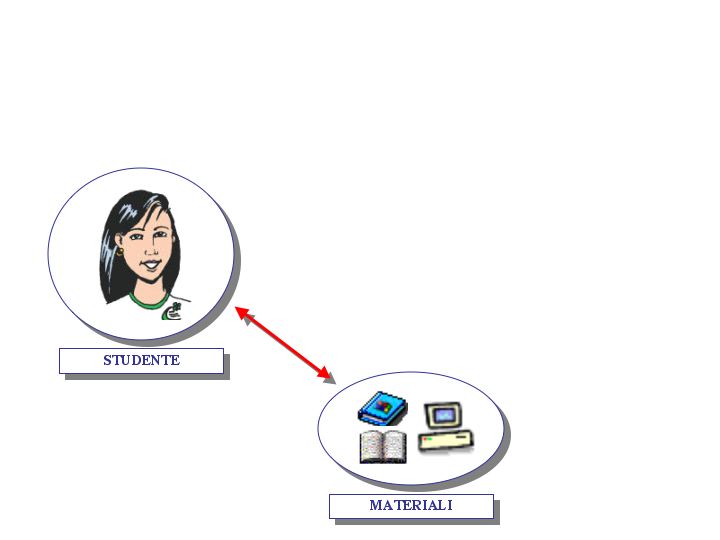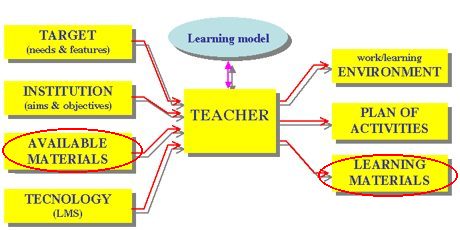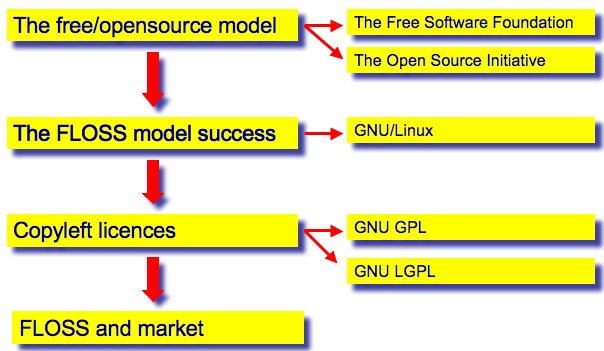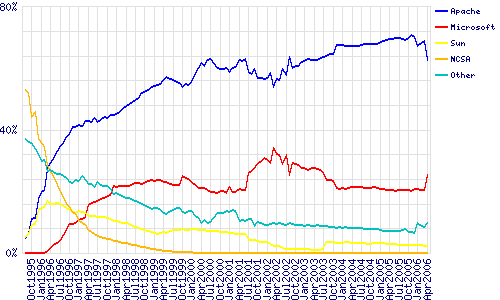Sharing free/open LOs [2 db ROSSZ LINK]
| Site: | Tenegen |
| Course: | TC05 - Sharing Open Learning Objects |
| Book: | Sharing free/open LOs [2 db ROSSZ LINK] |
| Printed by: | Guest user |
| Date: | Thursday, 25 December 2025, 8:41 AM |
Description
-
Introduction
SHARING FREE LEARNING OBJECTS
The main motivation in favour of using Learning Objects is reusability.
A Learning Object covered by copyright -- “all rights reserved” -- can be reused from a technical point of view, but legally it is only reusable by the copyright owner himself.
A free/open Learning Object is a LO with a licence which allows the material to be used freely, to be changed and to be distributed.
INTRODUCTION
The theme |
A free/open Learning Object is a LO with a licence which instead of imposing “all rights reserved” enables the object to be used, changed and distributed by others. However, there are some limitations such as you are obliged to mention the original author and maintain the same licence on products which are derived from the original. |
|
The objectives |
At the end of this LO you should be able to: |
|
How organised |
- Introduction (2 web pages) |
|
The duration |
About 30 minutes |
|
The critical element
E-LEARNING MATERIALS:
THE CRITICAL ELEMENT
|
A teacher who plans an eLearning project takes into consideration the following factors at the beginning:
Starting from this information, and from the learning model chosen, he/she plans and develops:
|
DIDACTIC MATERIALS
& E-LEARNING MODELS
|
Self-learning |
|
In on-line training models which are focused on self learning, didactic material must be highly structured and accomplish all the tasks carried out by the teacher: the transmission of content, sustained motivation, controlled learning, feedback, etc. |
|
Virtual class |
|
In models which are based on a virtual class, where there is a relationship between a teacher and with a peer group, the didatic materials do not have an all-embracing role because the teacher and the group intervene directly to maintain motivation, to control learning and to offer feedback with new content. The importance of the pre-defined didactic material is reduced, however the didactic material must be specifically designed to be used online. |
DIDACTIC MATERIAL: THE CRITICAL POINT
Most teachers have become acquainted with ICT, and many of them have already carried out eLearning activities with their students. However many cannot go beyond these few and limited experiences because of the lack of time to develop suitable learning materials.
In the field of software, nowadays, a different perspective has become dominant: the one of Free Software and Open Source, with copyleft rights.
Free/OpenSource software
WHAT IS FREE/OPENSOURCE SOFTWARE?
The free/open source software movement supports the freedom to use, modify and distribute the software. The access to the source code guarantees the possibility to modify it.
|
The "free software" has born at the beginning of the '80s, mainly thanks to Richard Stallman, the promoter of the Free Software Foundation. |
 |
|
In 1998 the foundation of the Open Source Initiative was formed, and it has greatly contributed to the diffusion of the model. |
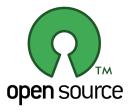 |
The term Free/Open Source Software (FOSS) or Free/Libre/Open Source Software (FLOSS) is a hybrid definition related to that movement, but neutral as far as the “ideological” aspect is concerned.
The term FLOSS was adopted by the European Commission (June 2004) while studying the subject. In 2004, it appeared as an English definition in some official documents of various countries, among them Spain, Brazil and South Africa. In FLOSS, the F can be also the initial of the German word Frei while L can refer to the French and Spanish Libre, the Portuguese word Livre and the Italian term Libero.
THE FREE SOFTWARE FOUNDATION
The idea of Free Software spread at the beginning of the '80s, mainly thanks to Richard Stallman, the promoter of the Free Software Foundation (www.fsf.org/), "dedicated to promoting computer users' rights to use, study, copy, modify, and redistribute computer programs".
According to Stallman, four concepts of freedom need to be guaranteed:
|
|
the freedom to run the program, for any purpose (freedom 0), |
|
|
the freedom to study how the program works, and adapt it to your needs (freedom 1) |
|
|
the freedom to redistribute copies so you can help your neighbour (freedom 2), |
|
|
the freedom to improve the program, and release your improvements to the public, so that the whole community benefits (freedom 3). |
Since the word free means "not restricted/limited/controlled" as well as "gratis/without any charge", Stallman and his movement explain: Free software'' is a matter of liberty, not price. To understand the concept, you should think of 'free' as in "free speech,"not as in "free beer". In 1983 Stallman promoted the project GNU - Gnu is Not Unix - to produce a free operating system of the Unix type, a powerful operating system of which many versions already existed on the market, mainly copyrighted.
As far as the OpenSource Initiative is concerned the position of FSF is as follows: "Another group has started using the term 'open source' to mean something close (but not identical) to 'free software'. We prefer the term 'free software' because, once you have heard it refers to freedom rather than price, it calls to mind freedom. The word 'open' never does that".
THE OPEN SOURCE INITIATIVE
The Open Source Initiative, OSI , was founded in 1998 by a team involved in the field of free software, stimulated by the choice of Netscape to release its own browser source. They aimed at publicising their ideas and practice to impose them on the market. They successfully met their goal.
Although it is simplifying the issue, it is possible to say that while Stallman accentuates the ethical aspect - it is a problem of freedom! - the members of OSI want to promote the practise of free software/open source by using the argument that collaboration will produce better software . This is based on the principle "people use it, people adapt it, people fix bugs".
Moreover they want to involve companies in this methodology by showing that it can be economically advantageous
FLOSS
FREE/OPEN-SOURCE MODEL SUCCESS
|
GNU/LINUX
Linux is the most famous Open Source software. Linux is often spoken about as an Operating System, but this is incorrect: it is only the kernel, the core of the operating system.
In 1983 Stallman promoted the project GNU - Gnu is Not Unix - to produce a free operating system of the Unix type. In 1991 the GNU project had developed many relevant components of the operating system, but the kernel, the basic nucleus, remained unfinished. It has since been produced through the efforts of a Finnish student, Linus Torvalds, who, in mixing his own name with Unix, called it Linux.
 |
 |
|
|
Linux logo
|
GNU logo
|
The Linux kernel was issued under a GNU GPL licence. It is this very licence, of the copyleft type, which has enabled hundreds of programmers, from all over the world, to contribute to the development and improvement of a product, created for fun, or rather for individual study, which has become the heart of an operating system that is nowadays widely used all over the world.
Licences
COPYLEFT LICENCES
Most software is copyrighted, that is, "all right reserved". Thanks to a pun, the word copyleft was coined. It uses "left" as opposed to "right", as in political terminology, but also "left" as in the verb "to leave" with the sense of being "not constricted", "let free".
Yet any type of freedom, if it is to be granted, needs the observance of some rules. What if I produce free software and somebody uses it (I allow him to do that) and then they apply for a copyright on it?
This is the reason why "licenses" have been provided in order to protect and grant the rights of free use. Practically, to be legally protected, the creators of free software state: "©This software is released under licence X".
The main copyleft software licenses have been developed by the Free Software Foundation:
|
GNU GPL
|
and
|
GNU LGPL
|
GNU GPL
The most widely used licence for open/free software is the GNU General Public Licence, GNU GPL, formulated by Richard Stallman and Eben Moglen in 1989. It aimed at distributing the programs created within GNU project. The latest version, 2, dates back to June 1991. (View http://www.gnu.org/licenses/gpl.html, 10-12-2005).
The kernel of GPL is as follows:
|
|
the licence is applied to any program which, under the entry copyright, indicates GPL licence; |
|
|
the use of program is permitted; |
|
|
the alteration, copy and redistribution of software is allowed both in its original form or modified, both free of charge or not, provided that each copy shows the same licence and that the source code is available in case alterations wish to be made by the user. |
GNU LGPL
The GNU Lesser General Public License - GNU LGPL - allows the creation of links between free and proprietary software. It has been mainly formulated in order to allow the use of repositories containing free and non-free programs.
FLOSS and market
FLOSS & MARKET
The ideological basis of free software is freedom, against prohibitions. The GNU GPL licence doesn't foresee any commercial prohibitions. |
Open Content experiences
OPEN CONTENT EXPERIENCES
The extension of the FLOSS model to content
This theme has imposed itself on open-source programmers: in fact software is always followed by manuals, that is to say, by text documents, whether they are in digital form or of paper. If the software is free, the related documents should also be free.
Why should one consider only the documentation of free software and leave out other cultural fields? Let us think only of that content related to eLearning.

CASE STUDY: MIT
|
MIT, Massachusetts Institute of Technology, was the first well-known educational organization to release its own didactical materials with a licence of the copyleft type. Thanks to the project MIT OCW (MIT OpencourseWare) MIT has, since 2002 MIT, made all the materials used in its courses available on the web free of charge. |
 |
CASE STUDY: WIKIPEDIA
|
Wikepedia is certainly another relevant case of the free sharing of knowledge. Yet, while MIT makes a product that is complete and validated and available to everybody, Wikepedia is an example of a second relevant objective of FLOSS: cooperative formulation. Wikipedia is continuously enriching and widening its content thanks to the voluntary cooperation of thousands and thousands of people scattered all over the world. |
 |
In a nutshell, Wikipedia is the tip of an iceberg: the most significant case of collaborative production of content based on the following principles:![]() everyone can upload new content, not necessarily complete and well-organized (somebody will do that);
everyone can upload new content, not necessarily complete and well-organized (somebody will do that);![]() anyone can modify already existing content provided the aim is improvement;
anyone can modify already existing content provided the aim is improvement;![]() all the alterations are traced so that a previous version can be reactivated.
all the alterations are traced so that a previous version can be reactivated.
The basic hypothesis is that the modifications progressively improve the product and also that intentional episodes of vandalism can be thwarted by the supervision of the community.
Copyleft licences
COPYLEFT LICENCES IN THE "CONTENT" FIELD
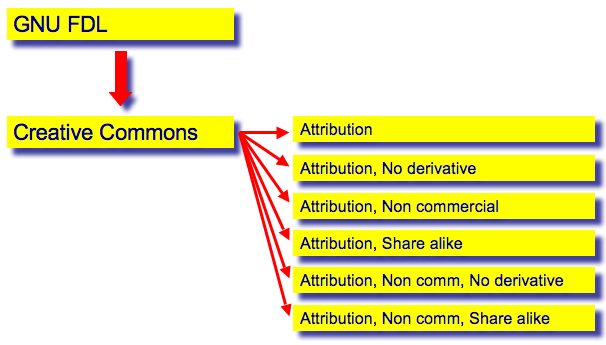
GNU FREE DOCUMENTATION LICENCE
GNU Free Documentation Licence - GNU FDL - was created in order to distribute software documentation and training material.
According to the licence:
|
|
everybody can copy and redistribute with or without alterations, for profit or not, the material published under this licence, |
|
|
each copy of the material, even if modified, must be redistributed under the same licence, an unabridged copy of the licence must always be included in the distributed document, |
|
|
in case somebody needs to reproduce a great number of modified copies, they must be available also under a “transparent” form which should easily enable future modifications, |
|
|
the authors of a previous version must be indicated and the "invariant sections", outlined by the original author and concerning his relation with the document, may under no condition be changed, |
|
|
if the document is changed, its title must be changed (unless differently indicated by the author). |
The licence also provides clear indications for requirements of the front and back cover, the sections dedicated to the document history, to the acknowledgments, and for whatever the combination of different documents concerns.
Wikipedia uses GNU FDL licence.
Creative Commons
CREATIVE COMMONS LICENCESCreative Commons is a non-profit organization, founded in 2001 and aimed at defining "the spectrum of possibilities between full copyright - all rights reserved - and the public domain - no rights reserved. Our licenses help you keep your copyright while inviting certain uses of your work - a "some rights reserved" copyright."  CC: between copyright and public domain The key elements of Creative Commons licenses are as follows. They are presented by means of very clear icons.
Here are the different licences: The MIT OpenCourseWare is released under the Creative Commons Licence: Attribution - No Commercial - Share Alike |
ATTRIBUTION - NON COMMERCIAL - NO DERIVATIVE
|
|
You are free:
under the following conditions:
Your fair use and other rights are in no way affected by the above. |
ATTRIBUTION, NO DERIVATIVE
|
|
You are free:
under the following conditions:
Your fair use and other rights are in no way affected by the above. |
ATTRIBUTION, NON COMMERCIAL
|
|
You are free:
under the following conditions:
Your fair use and other rights are in no way affected by the above. |
ATTRIBUTION, SHARE ALIKE
|
|
You are free:
under the following conditions:
Your fair use and other rights are in no way affected by the above. |
ATTRIBUTION - NO COMMERCIAL - NO DERIVATIVE
|
|
You are free:
under the following conditions:
Your fair use and other rights are in no way affected by the above. |
ATTRIBUTION - NO COMMERCIAL - SHARE ALIKE
|
|
You are free:
under the following conditions:
Your fair use and other rights are in no way affected by the above. |
Conclusion
CONCLUSIONS
To integrate traditional teaching & learning with online teaching & learning, it is necessary to have a vast archive of granularised, didactic material that is accessible, adaptable, durable, portable, interoperable and reusable. Producing a large archive of quality LOs will exceed the capacity of most schools and universities, not to mention individual teachers.
The FLOSS model suggests a possible answer: a collaboration of schools, universities and individual teachers to improve and expand a repository of free LOs. In such a repository the quality of the LOs comes from sharing and the collaboration of communities of practice.
This hypothesis is the point of departure of the SLOOP project: to transfer the Free/Libre Open Source Software model to the didactic content of training.
Test
SELF-EVALUATION
A test to check your understanding
This multiple choice test does not communicate any score to the platform. It is only a tool you can use if you want to check your understanding of the concepts presented in this LO.
Feedback is provided for each answer. If you also click on the answers you answered incorrectly, you can get some explanation as to why they were wrong.
To go to the test click on the forward arrow.
Biblio
Biblio/Sitegraphy
|
Creative Commons |
|
|
Free Software Foundation |
|
|
Licenza GNU FDL |
|
|
Licenze Creative Commons |
|
|
Licenze Free Software Foundation |
http://www.fsf.org/licensing/licenses/index_htm [ROSSZ LINK]l |
|
MIT OpenCourseware |
|
|
Open Source Initiative |
|
|
Progetto GNU |
|
|
Wikipedia |
